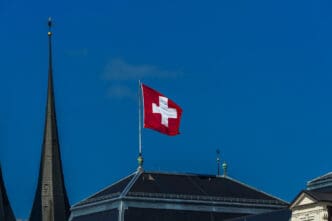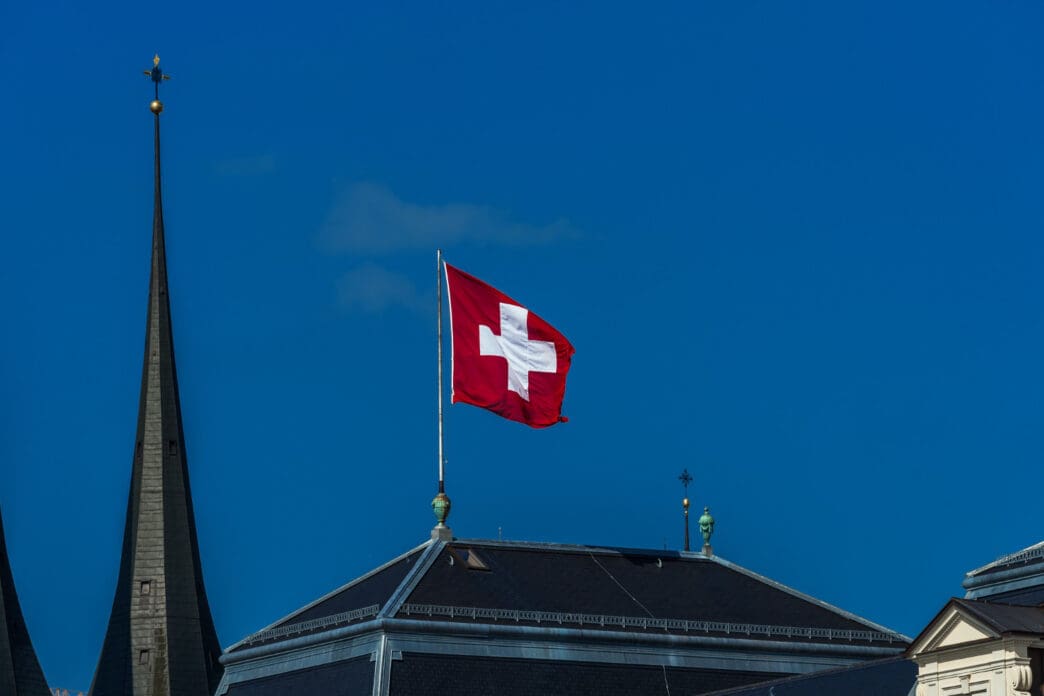Executive Summary
The Story So Far
Why This Matters
Who Thinks What?
Switzerland’s Vice President and Economy Minister Guy Parmelin announced “constructive meetings” with senior United States officials in Washington, expressing optimism for “real opportunity ahead” as the country navigates significant import tariffs imposed by President Donald Trump. Parmelin’s recent trip aimed to address the 39-percent tariff on Swiss goods, which has raised concerns within Switzerland’s export-driven economy.
Tariff Background and Swiss Concerns
The Trump administration surprised Switzerland by implementing a 39-percent tariff on incoming Swiss goods, effective August 1. This substantial levy represents a significant increase from the 10-percent “baseline” tariff that President Trump initiated on various global imports in April.
The elevated tariff rate poses a threat to crucial sectors of Switzerland’s export economy, notably watchmaking, industrial machinery, chocolate, and cheese. Swiss businesses are particularly worried about a competitive disadvantage, given that the European Union and Japan face a 15-percent tariff, while Britain secured a 10-percent rate.
Diplomatic Engagements
Following the tariff announcement, Swiss President Karin Keller-Sutter and Minister Parmelin made an initial trip to Washington in early August for discussions. A brief meeting with US Secretary of State Marco Rubio, who does not oversee tariff policy, did not result in immediate progress.
During his latest visit, Minister Parmelin confirmed holding discussions with key US officials, including Secretary of Commerce Howard Lutnick, Secretary of the Treasury Scott Bessent, and Trade Representative Jamieson Greer. Parmelin and Keller-Sutter had previously met Bessent and Greer in Geneva in May to discuss a potential tariff agreement.
The Swiss economy ministry has stated that specific details regarding the content of these recent talks are not being disclosed “for tactical reasons related to the negotiations.” Foreign Minister Ignazio Cassis indicated that Switzerland presented an “optimised offer” during Parmelin’s trip.
Economic Impact and Swiss Stance
Bern has argued that the United States benefits from a significant services trade surplus with Switzerland, and that most US industrial goods enter Switzerland tariff-free. The State Secretariat for Economic Affairs recently revised its forecast for Swiss economic growth next year down to 0.8 percent from 1.2 percent, citing the higher US import tariffs as a contributing factor.
The ongoing dialogue underscores Switzerland’s commitment to deepening its economic partnership with the United States while seeking a resolution to the challenging tariff situation. The outcome of these discussions remains critical for the future outlook of key Swiss export industries.








